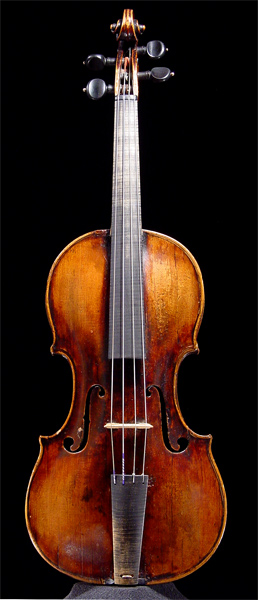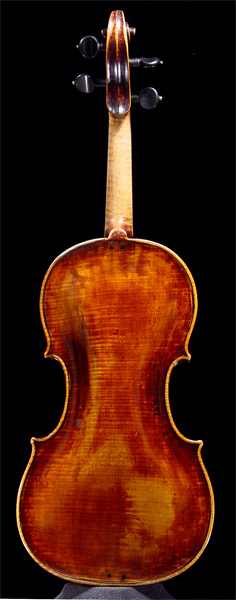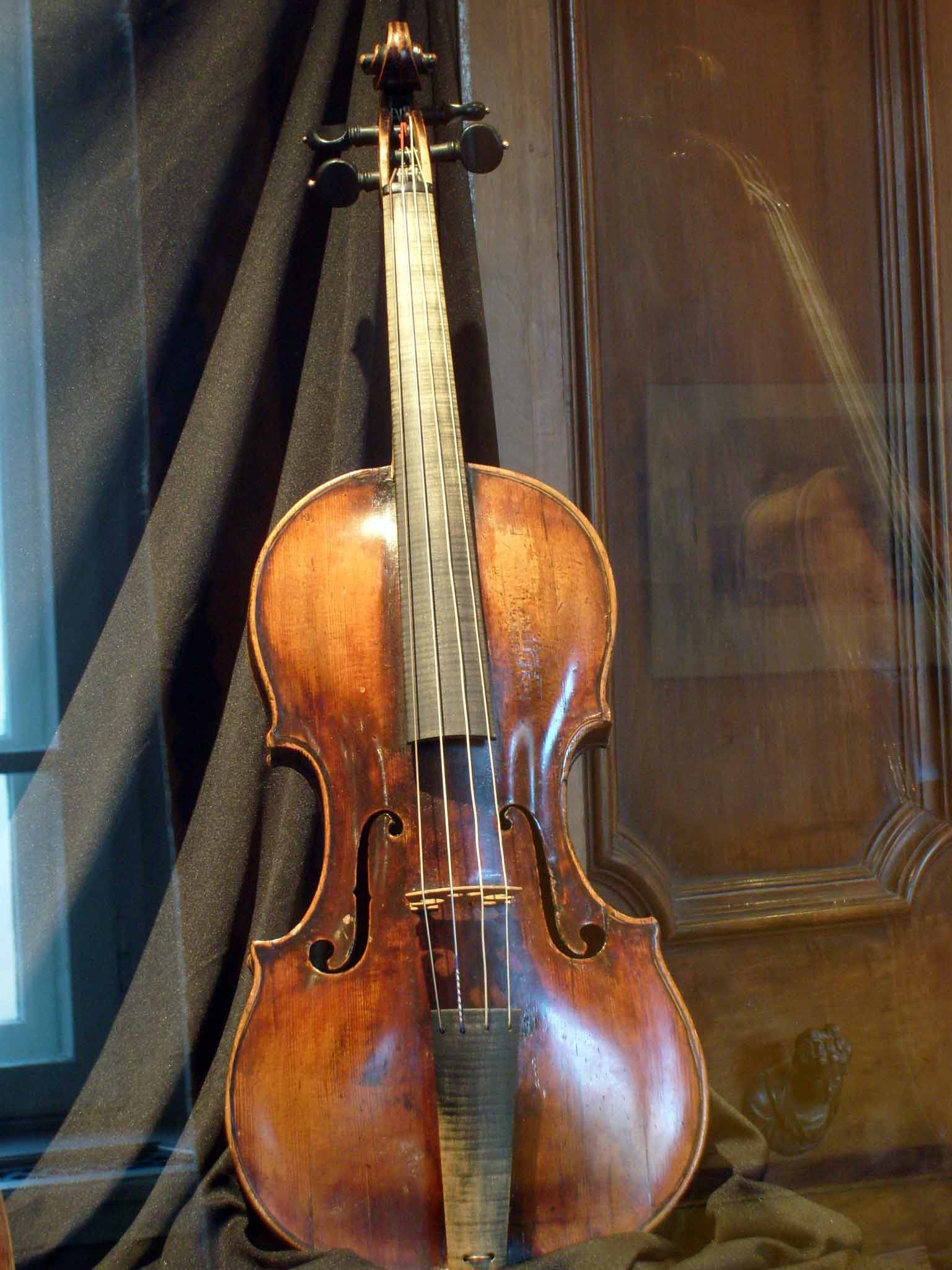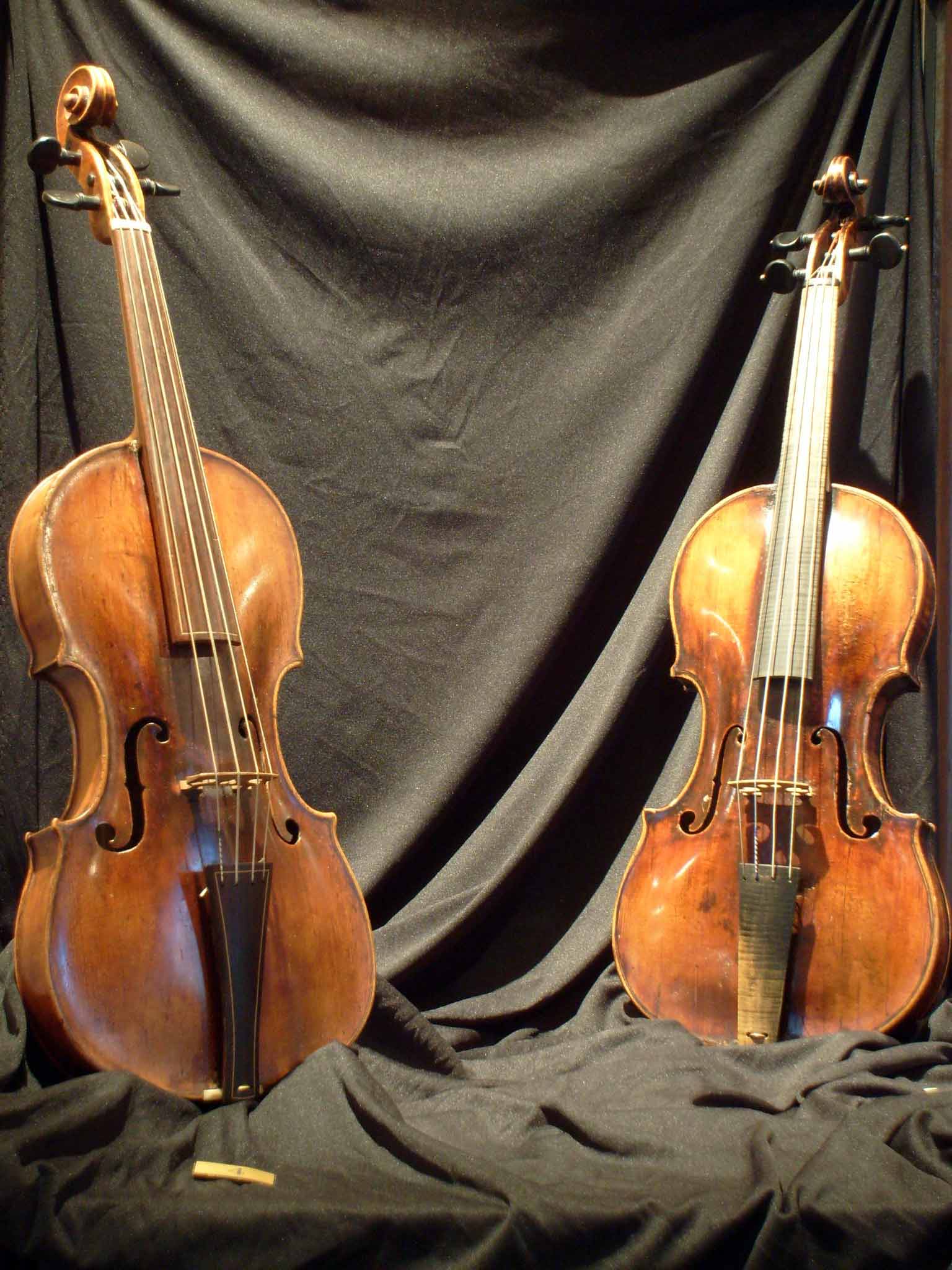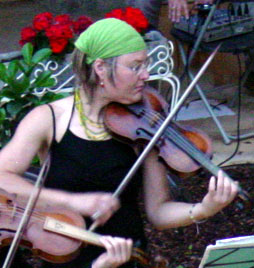While still living in Innsbruck, Johann Schorn (1658-1718) received commissions, as had Jakob Stainer somewhat earlier, for instruments from the Archbishop of Salzburg, Max Gandolph von Kuenburg (1668-1687), an enlightened aristocratic clergyman, generous patron of the arts, whose ambitious programmes transformed the city into a center for Baroque art, architecture and music of unparallelled brilliance. It was he who summoned Heinrich Ignaz Franz Biber and Georg Muffat to his service. On the recommendation of the Capellmeister Matthias Biechteler (ca. 1670-1744) Johann Schorn was appointed Court Violin Maker (Hoff Lauten- und Geigenmacher) in 1713, transfering his workshop to Salzburg. The influence of his Innsbrucker colleague, Jakob Stainer is so evident in Schorn's works, that his violins could easily pass for that maker's creation. His sons, Johann Paul and Johann Joseph, maintained the very high quality of violin making in Salzburg into the 18th Century.
Working together with Heinrich Biber, Johann Schorn supposedly may be rightfully credited with having invented the viola d'amore. Indeed his instruments may be considered the finest of them all. One of his violas d'amore is to be found in our collection. Although bearing the label of Johann Christoph Leidolff, that viola d'amore could hardly be by anyone else but Johann Schorn.
Wolfgang Amadeus Mozart owned and played on a violin by Johann Schorn , very similar to this one. Ludwig van Beethoven owned a Salzburg violin from around 1700, at present in the Museum in Bonn, which, although bearing no label, resembles very closely the violins of this master and his sons.
